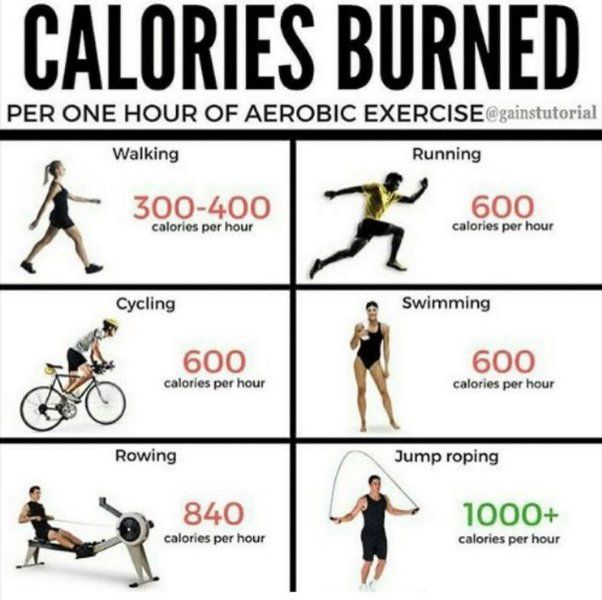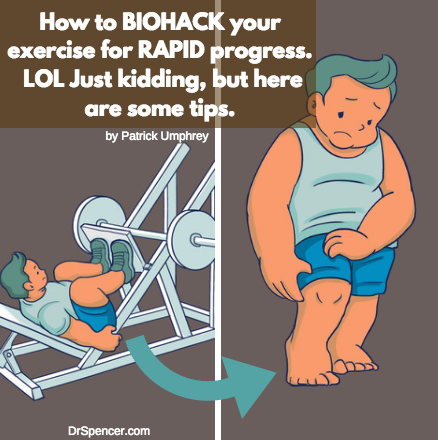Running is a fantastic form of exercise that can help improve cardiovascular fitness, build endurance, and boost overall health. However, it can also put a lot of strain on the body, leading to injuries if not done properly. This is where yoga comes in. Yoga is a great complementary practice for runners as it helps improve flexibility, balance, and strength, which can in turn prevent injuries and enhance overall performance.
Top Yoga Poses for Runners
Downward-Facing Dog (Adho Mukha Svanasana)
This pose is great for stretching the hamstrings, calves, and shoulders, which tend to get tight from running. It also helps improve overall body alignment and can relieve tension in the lower back.
Low Lunge (Anjaneyasana)
This pose targets the hip flexors, quads, and hamstrings, all of which can become tight from running. It also helps improve hip mobility and can alleviate any imbalances in the legs.
Warrior II (Virabhadrasana II)
Warrior II is a powerful pose that strengthens the legs, core, and arms while also opening up the hips and chest. It can help improve stability and balance, which are crucial for runners.
Pigeon Pose (Eka Pada Rajakapotasana)
This pose is excellent for stretching the hip flexors, glutes, and piriformis muscles, all of which can become tight from running. It also helps release tension in the lower back and can improve overall hip flexibility.
Bridge Pose (Setu Bandhasana)
Bridge pose is a great way to strengthen the glutes, hamstrings, and lower back muscles, which can help prevent injuries in runners. It also opens up the chest and shoulders, improving overall posture.
How to Incorporate Yoga into Your Running Routine
It’s important to note that yoga for runners should be done regularly to see the most benefits. Ideally, aim for at least 20-30 minutes of yoga after each run or on rest days. You can also incorporate yoga into your warm-up routine before a run to help prepare your body for the workout ahead.
Remember to listen to your body and modify the poses as needed to suit your individual needs and abilities. Always focus on proper alignment and breathing to get the most out of each pose.
Conclusion
Yoga is a fantastic way for runners to prevent injuries, improve flexibility, and enhance overall performance. By incorporating a few key poses into your routine, you can help keep your body balanced, strong, and injury-free. So next time you lace up your running shoes, don’t forget to roll out your yoga mat as well!
Start practicing yoga today and experience the difference it can make in your running journey.


